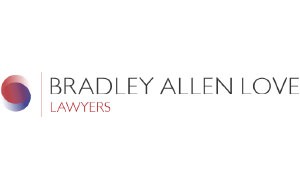
The internet has become one of the primary means by which businesses can connect with their customers; but when creating or updating your website, the law of copyright should always be a primary consideration if you want to avoid the risk of unexpected liability.
Photographs, for example, can very easily be searched and viewed online. However by law, the exclusive right to reproduce an image resides with the owner of the copyright in the image (usually the photographer or their employer). “Reproduction” includes making a digital copy of the image, and so by copying an image found on the internet and using it on your website without any authorisation, you are very likely to be in breach of the owner’s copyright.
The right to reproduce images is often licensed for a fee. In the prevailing system, the copyright holder submits their images to a “stock image supplier” or “copyright agency”, who act on their behalf in licensing the images for use, collecting the fees and remitting them back to the respective owner.
But if a stock image supplier finds that you have been using “their” images without a proper licence, they can also enforce the copyright holder’s rights against you, including the ability to recover any revenue lost as a result of your conduct. As was emphatically demonstrated in the recent Dallas Buyers case, copyright enforcement is a very real risk.
That case also raised awareness in Australia of a method of copyright enforcement employed by film studios overseas known as “speculative invoicing”, which involves sending threatening letters to the person allegedly in breach, asserting that they are liable for a significant amount, but offering to settle for a much smaller amount.
In Australia, stock image suppliers are now following suit, with the amounts they “invoice” tending to be inflated multiples of the licence fee that would ordinarily have been payable. Ignorance of the existence of copyright is no defence and the sums claimed are not insignificant, especially if it is a cost that otherwise would have been avoided by taking your own photograph, or not using an image at all.
If you have received such an “invoice”, there may be bases on which you can dispute the sum or a defence available under the Copyright Act 1968 (Cth); but the best way to avoid the situation entirely is to take down any potentially infringing content or ensure that you always have the appropriate licences in place.

Mark Love, Legal Director, Business Law 9th Floor, Canberra House, 40 Marcus Clarke Street, Canberra ACT 2601
E: [email protected]
T: 02 6274 0810 | www.bradleyallenlove.com.au

